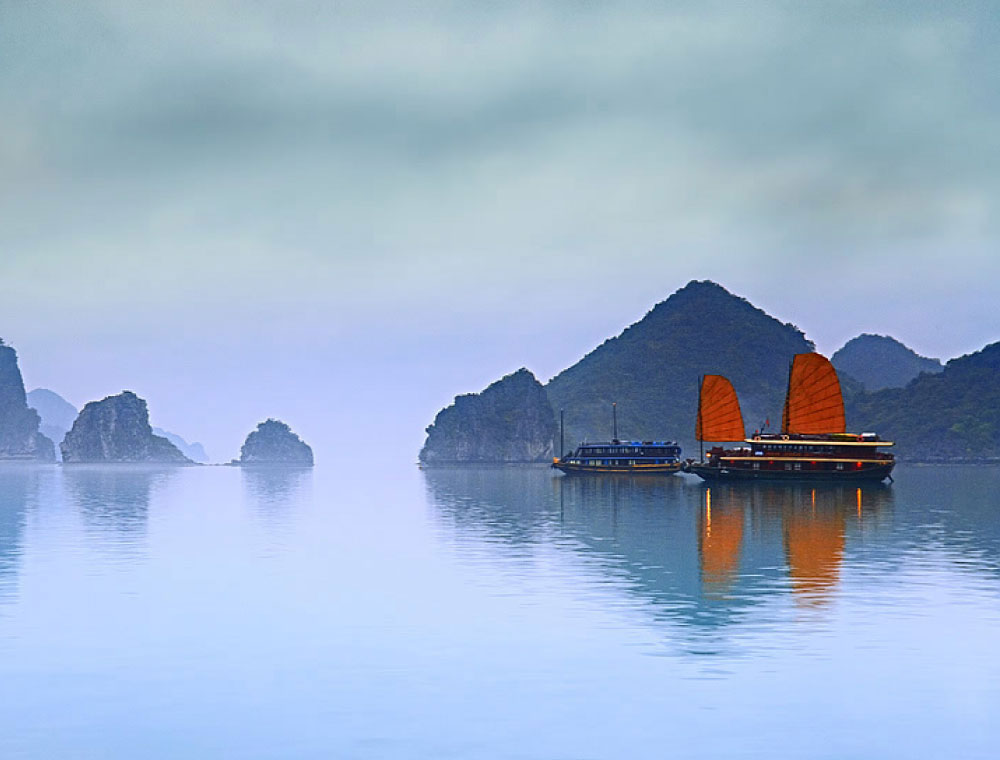Few visitors fail to be charmed by the tiny, teeming streets and crooked houses of Hoi An, 30 kilometres south of Danang. Indeed, almost everyone rates the town among their favourite stops in Vietnam. Originally a harbour for the Cham city at My Son, the town became a trading port for Chinese, Japanese and European traders, reaching its peak during the 17th century. The different influences on this riverside town over the centuries have resulted in an eclectic mix of architectural styles, ranging from Chinese assembly halls to grand merchants' houses to French colonial villas. Though many of the houses have been restored, they maintain their original beauty. Most are characterized by polished wooden floors, intricately carved doors and shutters and antique furniture.
In recent years, Hoi An's traders have dedicated themselves to the arts, and the town is home to dozens of art galleries, textile houses and museums. Transportation around Hoi An is by cyclo, on foot or by hired bicycle. A half-hour pedal at a leisurely pace brings visitors to Hoi An's popular Cua Dai beach. Alternatively, one can rent a local sampan and enjoy a peaceful boat ride down the river to the beach.
